In that diagram, Kafka Streams is being used as a projection from the event store (the write-model for this application) to a read-model (a view of the data that's more optimized for performing queries).
The write side of the application could well be a service that receives commands and writes to an event store (which could be a DB purposely designed for this like EventStore, or some other datastore being utilized with such patterns as it satisfies the contract for an event store). The broad contract for an event store is that it allows appending an event for some entity and provides a means to retrieve all events for a given entity after some point (often "the beginning of time", though it's also not uncommon to have some snapshot store, in which case that point is derived from the latest snapshot).
Kafka is usable as an event store, especially if there are fairly few entities being event-sourced relative to the number of partitions: otherwise the "retrieve all events for a given entity" operation implies filtering out events for other entities, which at some point becomes prohibitively inefficient.
If not using Kafka as the event store but using Kafka Streams as a projection, then you'd likely have one of:
(high-level, e.g. using something like Akka Persistence to manage the event store; disclaimer: I am employed by Lightbend which maintains Akka and provides commercial support and consulting around Akka) a projection from the event store publishing events to a Kafka topic to which Kafka Streams subscribes
(low-level, e.g. a hand-rolled library for treating a regular DB as an event store) change-data-capture (e.g. Debezium for MySQL/Postgres/etc.) publishing updates to the event store tables to a Kafka topic to which Kafka Streams subscribes
 My question here is how can we use Kafka Streams for this? If i'm correct it is a client library, so we need something that uses this, like a microservice called "Aggregate Service".
Is this the right approach to implement such design? Would it scale well?
My question here is how can we use Kafka Streams for this? If i'm correct it is a client library, so we need something that uses this, like a microservice called "Aggregate Service".
Is this the right approach to implement such design? Would it scale well?